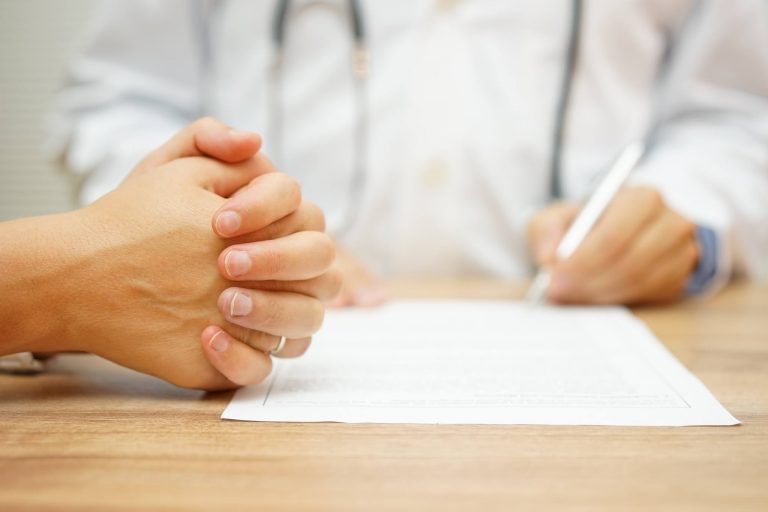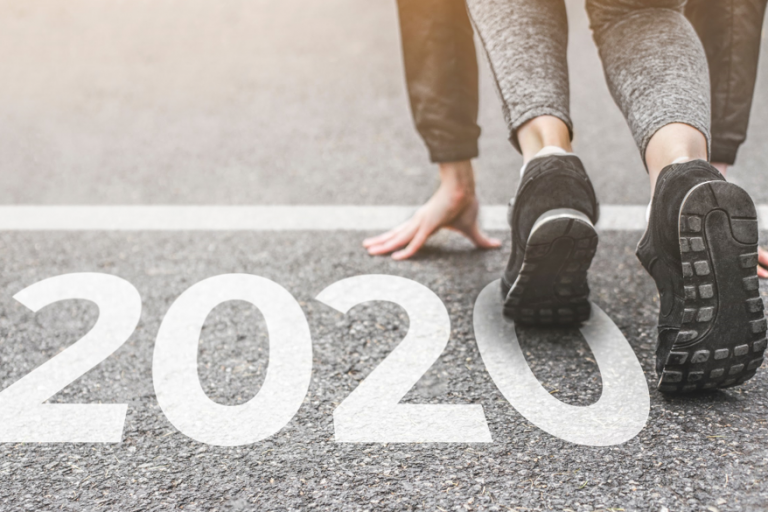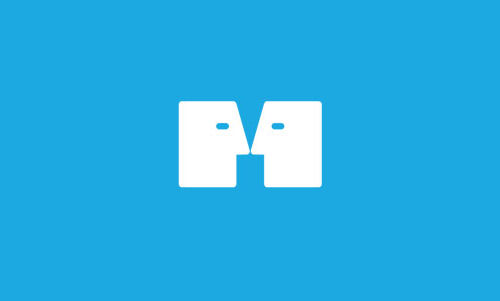Health

Makovsky
Wednesday, March 11, 2015I recently attended the American Heart Association NYC Go Red for Women Luncheon – a special occasion to break out of my typical black dress or blue jeans to support two of my greatest mentors and learn about the impact of such awareness programs on women’s heart health. And although surrounded by incredibly powerful, assertive and passionate women, one thing became clear during the presentations: we are losers when it comes to taking care of ourselves.
One speaker cited a study published in Circulation which found that among 30 young women (ages 30-55) hospitalized with a heart attack, the majority did not recognize symptoms and did not see a healthcare professional to address symptoms. While the presenter elaborated that women did not report heart attacks out of fear of being labelled “hysterical,” the study concludes that women still attribute signs of heart attack to external factors, such as work or family, often ignoring or dismissing warning signs, and consequently delaying life-saving medical care. In contrast, men suffering symptoms of a heart attack are much more likely and faster to seek medical help.
As keynote speaker Arianna Huffington astutely pointed out, women take better care of our smartphones than we do ourselves. I bet you know how much battery is left in your phone right now…but do you know the level of your blood pressure or cholesterol? (Related, it should come as no surprise that the one tool so many of us describe as being unable to live without is now helping us to track these health concerns .) The disparities between men and women on understanding risk factors/symptoms and engaging in conversations with HCPs is not just disturbing, it’s alarming given that the concern was immediate rather than preventative – two very different health-seeking impulses.
As a specialist in health communications – and as someone who in the past year alone has admittedly tried to come into work with walking pneumonia and participated in a conference while ignoring a kidney stone – I see the confluence of factors that impact health-seeking behaviors (work and family commitments for women, especially) and I know that communications is a critical part of care that can cut through many of these barriers. The work of the AHA – broad awareness and education – is a critical first step to ignite conversations among women, healthcare professionals, industry, advocates and policymakers. Now we need to focus this public health issue to the individual level; how can we reach women in a personal, impactful way to discuss heart health so that it sticks and becomes a priority?
Dr. Jennifer Ashton, Ob/Gyn and host of daytime medical talk show The Doctors proposed an innovative solution. As master of ceremonies at the Luncheon, she advocated for better integration of women’s health specialists and cardiologists in communicating with patients and each other. As significantly more women see an Ob/Gyn for an annual “well woman” visit and health exam than they do a cardiologist, Dr. Ashton suggests that gynecologists walk the talk for safeguarding women’s health by discussing heart disease risk factors and symptoms with patients during the time of their annual exam. A recent study (2013) by researchers at Montefiore Medical Center backs this up; among women ages 18-40, 56% reported only visiting their Ob/Gyn on an annual basis, and while young minority women are more likely to visit an Ob/Gyn as their PCP, only 33% remember discussing heart disease with their Ob/Gyn. There is an opportunity for Ob/Gyn’s to be better educated and to better educate on heart disease for patients.
One in three women will die of heart disease and stroke. With better collaboration and clearer, more accessible communication, I hope – from the bottom of my heart – that we can be begin to turn the tide.
-Rachel Saffitz











